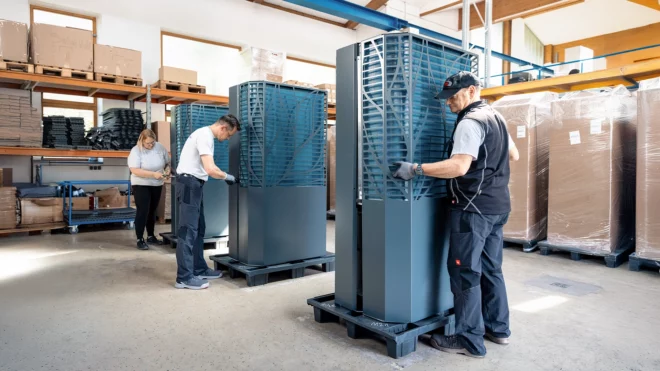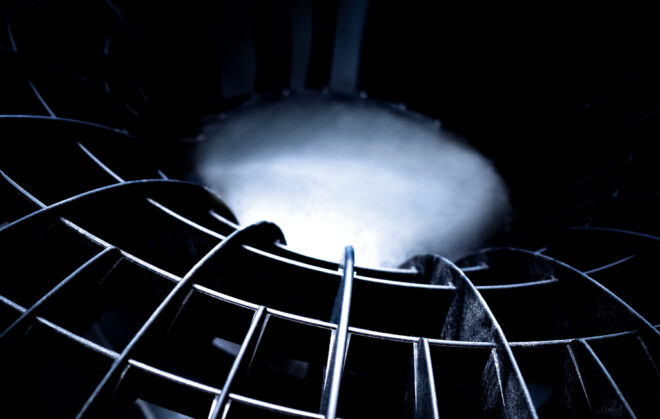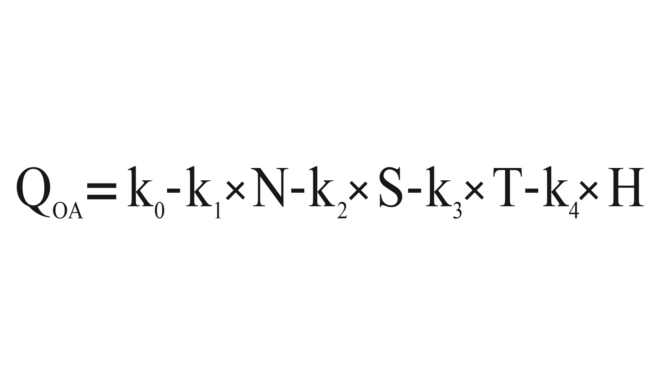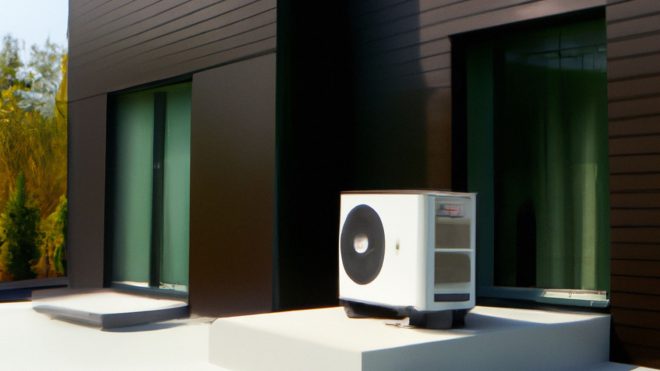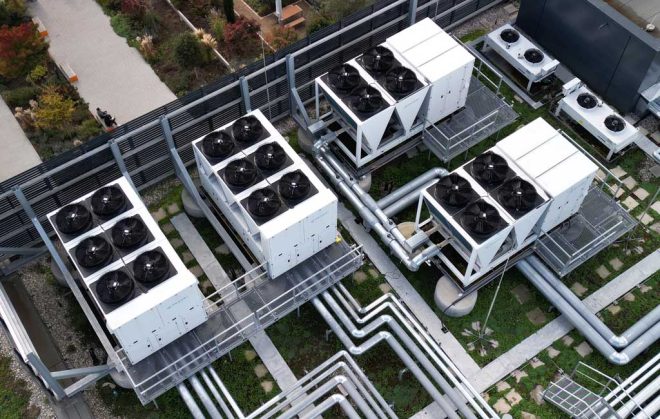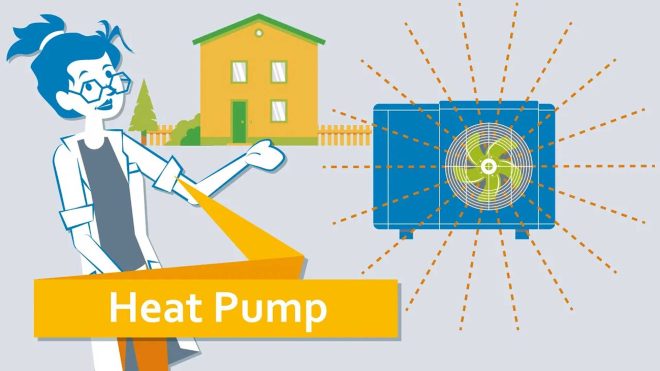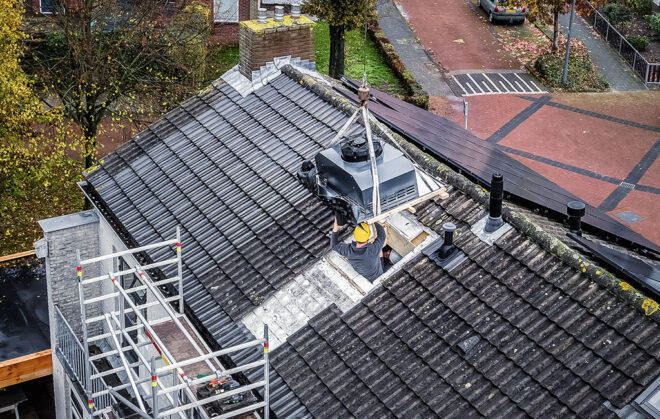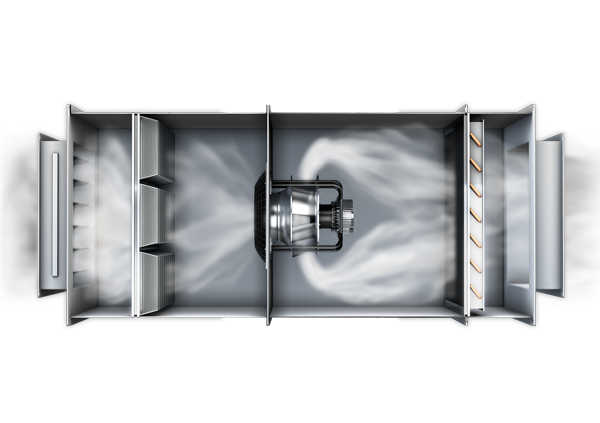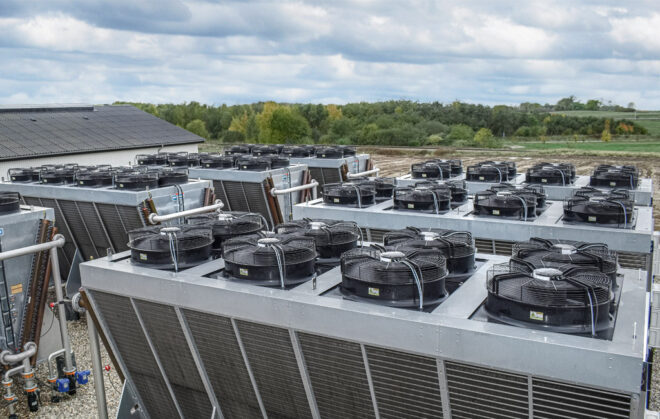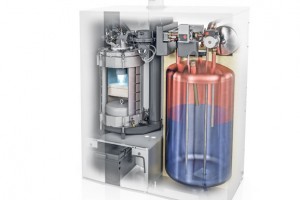
EMC at air/water heat pumps: Do not disturb!
The European EMC Directive (2014/30/EU) defines electromagnetic compatibility as “the ability of equipment to function satisfactorily in its electromagnetic environment without introducing intolerable electromagnetic disturbances. ” It applies to all electricity-consuming apparatus, including air/water heat pumps, which are today increasingly popular as an environmentally friendly heating solution. This means that both the components used in the heat pumps – such as fans – and the apparatus as a whole may only generate a certain level of electromagnetic disturbance and may itself only be influenced by a certain level of such disturbance. The levels are defined in standards, compliance with which must be ensured by heat pump manufacturers. Well-equipped EMC test laboratories combined with engineering expertise are a prerequisite for this.»



